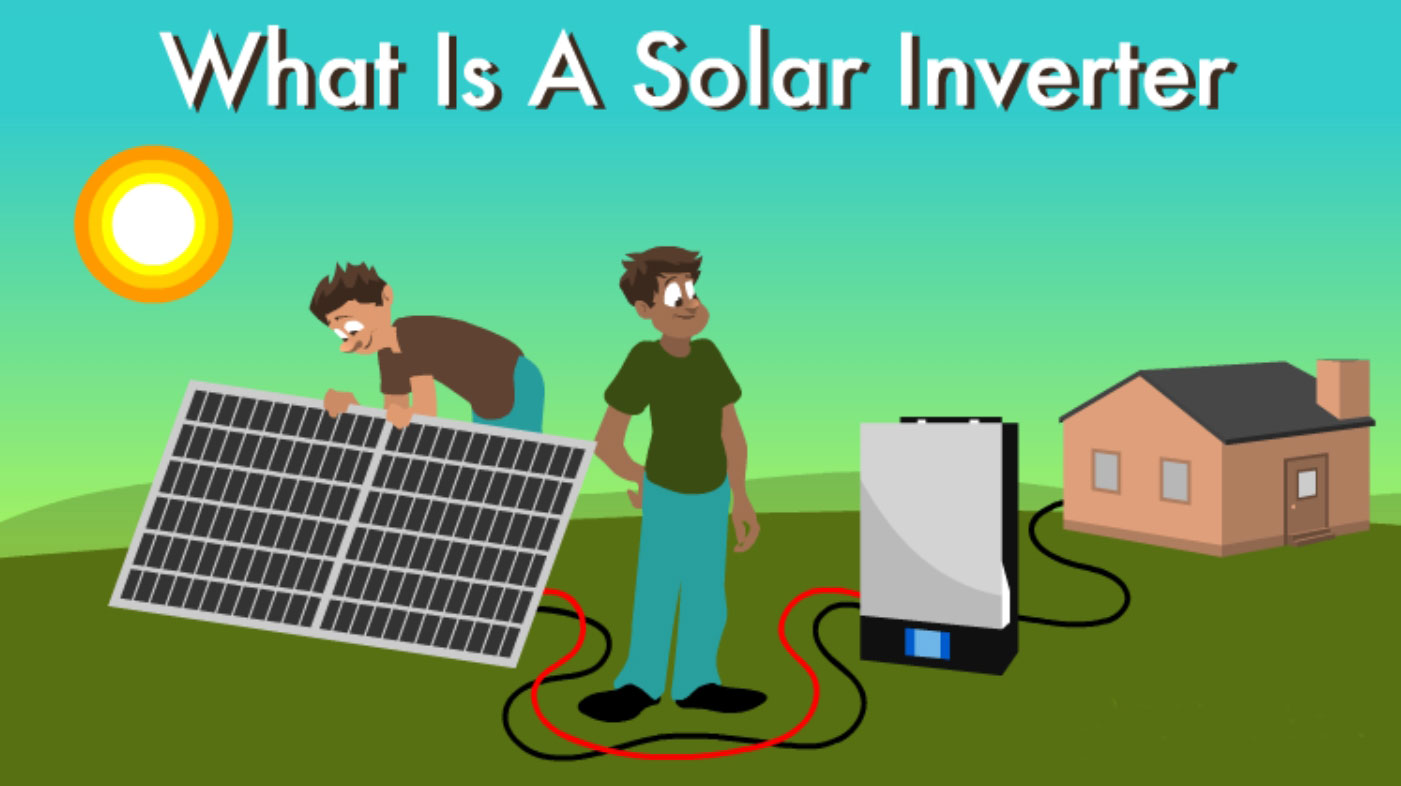
The economics of solar inverters involve considering their cost, potential savings, and return on investment (ROI) to determine their financial viability. Here’s an overview of how these factors contribute to the economic analysis of solar inverters:
1. Cost of Solar Inverters:
- Initial Investment: The cost of a solar inverter depends on various factors such as its type (string, micro, hybrid, etc.), power rating, brand, and features. Generally, microinverters and hybrid inverters tend to be more expensive upfront compared to string solar inverters due to their advanced capabilities and technology.
- Installation Costs: Installation costs, including labor, mounting hardware, wiring, and permits, contribute to the overall cost of the solar inverter system. The complexity of the installation, roof configuration, and system size can affect installation expenses.
2. Potential Savings:
- Electricity Bill Savings: Solar inverters enable homeowners to generate their electricity from solar energy, reducing dependence on utility-provided electricity and resulting in lower electricity bills. The amount of savings depends on factors such as solar system size, solar irradiance, electricity consumption patterns, and local utility rates.
- Net Metering: Many utility companies offer net metering programs, allowing homeowners to receive credits for surplus solar electricity exported to the grid. Net metering further enhances savings by offsetting grid electricity usage during times when solar generation is insufficient, such as at night or during cloudy days.
3. Return on Investment (ROI) Analysis:
- Payback Period: The payback period represents the time it takes for the cumulative savings from solar energy generation to offset the initial investment in the solar inverter system. Shorter payback periods indicate faster ROI and higher economic benefits.
- Lifetime Savings: Solar inverters typically have long lifespans, often ranging from 10 to 25 years or more, depending on the manufacturer and model. Calculating the total lifetime savings from reduced electricity bills over the system’s lifespan provides insights into the long-term economic benefits of solar energy.
- Financial Incentives: Government incentives, such as tax credits, rebates, grants, or feed-in tariffs, can significantly impact the ROI of solar inverter systems. These incentives reduce the upfront cost of installing solar inverters and accelerate the payback period, improving the overall economic feasibility of solar energy investments.
- Financing Options: Financing options, such as solar loans, leases, power purchase agreements (PPAs), or third-party ownership models, can make solar energy more accessible and affordable for homeowners. Evaluating different financing options helps determine the most cost-effective approach to solar inverter installation and ownership.
4. Maintenance and Operational Costs:
- Maintenance Expenses: Solar inverters typically have low maintenance requirements, primarily involving periodic inspections, cleaning, and firmware updates. Maintenance costs are minimal compared to potential savings from reduced electricity bills and can vary depending on system size and complexity.
- Warranty Coverage: Solar inverters often come with warranties ranging from 5 to 25 years, covering defects in materials and workmanship. Choosing solar inverters with longer warranty periods provides added protection and reduces the risk of unexpected repair or replacement costs.
Conclusion:
In summary, the economics of solar inverters involve assessing the initial investment cost, potential savings from reduced electricity bills, and ROI over the system’s lifespan. Factors such as payback period, lifetime savings, financial incentives, financing options, and maintenance costs influence the economic feasibility and financial benefits of solar energy investments. Conducting a thorough cost-benefit analysis and considering local regulations, incentives, and utility rates can help homeowners make informed decisions about investing in solar inverters and maximizing their economic returns.
